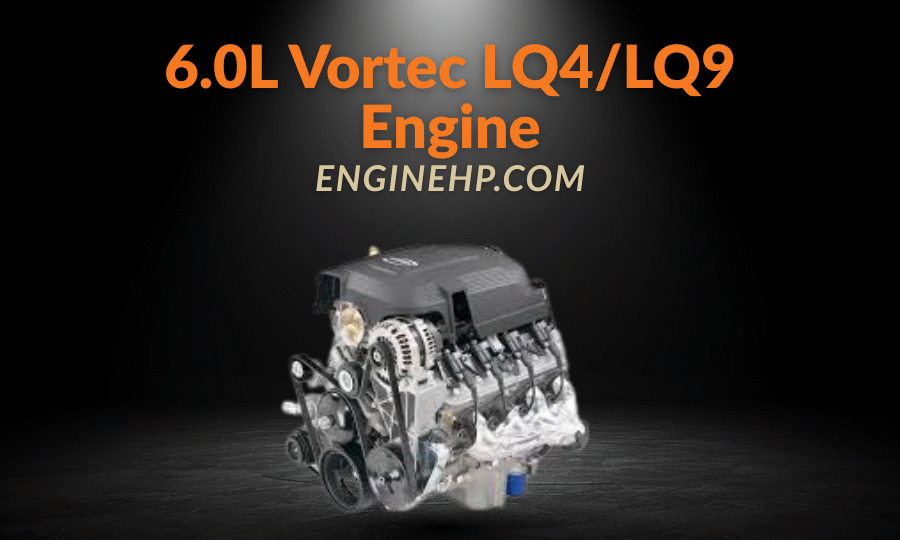
GM Engines: 6.0L Vortec LQ4/LQ9 Engine Hp, Reliability, and Performance
Some engines are not only used to propel cars, but also help shape history. GM’s 6.0L Vortec LQ4 or LQ9 engines represent two of the many engines of this type. These V8s are designed to power SUVs and full-size cars. They became famous in the early 2000s for being strong and reliable. It is worth checking out these engines again, regardless of whether you’re a buyer looking for used trucks or an owner of a fleet.
What Are the LQ4 and LQ9 Engines?
Both the LQ4 and LQ9 engines are part of the GM Gen III small-block family, also known as LS-based Vortec engines. The engines were produced from 1999 until 2007. These engines replaced the previous big-block alternatives used in GM vehicles.
Key Specs (LQ4 vs. LQ9):
| Specification | Details |
| Manufacturer | Romulus, Michigan, USA; Silao, Mexico (Gen IV only) |
| Production years | 1999–2007 |
| Cylinder block material | Cast Iron |
| Cylinder head material | Cast Iron (1999–2000), Aluminum |
| Fuel type | Gasoline |
| Fuel system | Port Fuel Injection |
| Configuration | V |
| Number of cylinders | 8 |
| Valves per cylinder | 2 |
| Valvetrain layout | OHV |
| Bore, mm | 101.6 (4.00 in) |
| Stroke, mm | 92.0 (3.62 in) |
| Displacement, cc | 5,328 cc (325.1 cu in) |
| Type of internal combustion engine | Four-stroke, naturally aspirated |
| Compression Ratio | 9.5:1; 10.0:1 |
| Power, hp | 285–345 hp (213–257 kW) @ 4,000–5,200 rpm |
| Torque, lb-ft | 325–380 lb-ft (441–515 Nm) @ 4,000 rpm |
| Engine weight | 606 lb (275 kg) – (iron block heads); 560 lb (254 kg) – (aluminum heads) |
| Firing order | 1-8-7-2-6-5-4-3 |
| Engine oil capacity, liter | 5.7 L (6.0 qt) – with filter |
| Engine oil weight | SAE 5W-30 |
| Off change interval, mile | 7,500 (12,000 km) or 12 months |
| Cars with this engine | Chevrolet Silverado, Chevrolet Suburban, Chevrolet Express, Chevrolet Avalanche, GMC Sierra, Denali, GMC Yukon, GMC Yukon XL, Cadillac Escalade, Cadillac Escalade EXT, Cadillac Escalade ESV, Hummer H2, Isuzu N-series NPR |
The LQ4 is the standard workhorse. However, the LQ9 – also known as “HO” (High Output Vortec) – has more power and is designed for performance SUVs and high end SUVs.
Performance: Raw V8 Strength
The LQ4 or LQ9 engines were not designed for high-revving excitement. Instead, they focused on torque and ease of use.
- LQ4: LQ4 is great for towing, hauling and work. It has a flatter torque-curve.
- LQ9: LQ9 has a more responsive throttle and higher horsepower. This makes driving it more enjoyable.
- Towing capability: Depending on how the engines are configured, GM trucks can tow up 12,000 lbs.
The LQ4 is the reliable pickup on the building site. And the LQ9, its flashier sibling who is also hardworking but enjoys a bit of extra power.
Engineering Features That Matter
The 6.0L engines are still popular because they were designed by GM to be durable.
Important Features:
- Iron block construction: Iron blocks are strong and durable, particularly in trucks with heavy loads.
- Cathedral-port heads: Improved airflow for greater power and efficiency.
- Coil-near-plug ignition: Distributor systems are less controllable than coil-near-plug ignitions.
- Hydraulic roller lifters: Less friction and wear.
- Compatibility with upgrades: The LS engines can be modified to suit both engines.
The engines are built to last even though they’re simpler than the direct-injected or turbocharged models of today.
Reliability: The Vortec Reputation
The LQ4 & LQ9 engines are two of the most popular small-block engines made by GM.
Strengths:
- Longevity: Many examples are still working well after 250.000 km.
- Robust components: Iron blocks are strong enough to withstand heavy towing, and can even be forced into use in an aftermarket build.
- Widespread use:,Millions of people used them, which proved how durable they were in reality.
Weak Spots:
- Knock sensor issues: The knock sensor is prone to failure due to water getting into it.
- Robust components: Gaskets that leak in the intake manifold are common on cars with high mileage.
- Widespread use:Fuel economy depends on your driving style. It gets between 12-16 mpg on average.
Owners often praise the engine’s durability despite these oddities.
Fuel Economy: Muscle Over Miles
These engines were not designed to achieve the highest gas mileage.
- City MPG: ~12–13 mpg
- Highway MPG: ~15–17 mpg
- Combined average: ~14–15 mpg
Both businesses and consumers saw the benefit: Pay more at gas stations, but save on maintenance and repairs by having less breakdowns.
Buyer’s Perspective: Why Choose the LQ4 or LQ9?
People who are looking to buy a used SUV or truck will find the 6.0L Vortec appealing.
- Affordable reliability: These engines offer a good balance between affordability and reliability. They are often cheaper than diesel alternatives, but still perform well.
- Towing and hauling: Towing and hauling is great for families who have trailers, boats or RVs.
- Aftermarket potential: LS DNA engines have a lot of potential for aftermarket tuning and swapping.
- Resale demand: These engines are in high demand because they have a good reputation.
It’s like investing in a quality tool. It might not be beautiful, but it works.
Business Perspective: Fleet and Utility Use
For businesses, fleets and government buyers, the LQ4/LQ9 engine was cheap and durable.
- Fleet adoption: Trucks for work, city cars, and emergency vehicles.
- Ease of maintenance: Any technician familiar with GM V8s will be able to do so.
- Parts availability: Because so many parts are produced, there will be plenty of them by 2025.
- Operational value: Lower initial costs compared to diesels but still capable of handling heavy workloads.
The engines were a great investment for business because of their combination of power and simplicity.
Comparing to the M40B16 Engine
You can compare the BMW M40B16 to see how different design philosophies are.
- M40B16 Engine: A 1.6L four-cylinder engine built in the 1990s, which produces about 100 horsepower and offers good fuel economy.
- LQ4/LQ9 Engines: The LQ4/LQ9 engine is a 6.0L V8 that produces 300-345 hp. It’s designed for hauling and utility vehicles, as well as trucks.
The M40B16 engine was all about efficiency and refinement, while the Vortec engines 6.0L were about raw power. Both engines performed well where they were intended.
Real-World Example: Cadillac Escalade with LQ9
Imagine owning a Cadillac Escalade with LQ9 from 2004. Enjoy the luxury of a V8 engine while still enjoying comfort. It is a good tow vehicle, it speeds up well on highways and it has run well for over 200,000 miles. The LQ9 was popular because of its combination of performance and durability.
Maintenance Tips for Longevity
Regular maintenance is the key to keeping your 6.0L or LQ9 running smoothly.
- Oil changes: Replace the oil with synthetic oil at least every 5,000 km.
- Inspect knock sensors: Replace the sensors or seal them to prevent moisture.
- Cooling system care: Flush your cooling system every 60,000 miles.
- Watch intake gaskets: As soon as you notice any leakage, replace the intake gaskets.
- Transmission service:Transmission service is essential to maintaining the 4L80E and 4L60E.
Your engine can easily achieve 250,000 miles if you follow these steps.
Aftermarket & Tuning Potential
LQ4 and LQ9 remain popular because they can be used in a variety of ways.
- LS swap culture: these two engines are popular options for muscle cars and hot rods. They can also be used in off-road vehicles.
- Performance upgrades: Headers, cams, and ECU tuning work well.
- Forced induction: When the engine block is made of iron, both engines can be used with turbochargers and superchargers.
- Budget builds: The LQ4 tends to be less expensive, while the LQ9 focuses more on performance.
The engines are popular with car enthusiasts because of their adaptability.
Why the LQ4/LQ9 Still Matter in 2025
Even though hybrids, electric vehicles and other new technologies are getting a lot of attention, the 6.0L LQ4 or LQ9 engines remain in high demand.
- Used market demand: These engines are still popular in SUVs and cheap cars.
- Swap culture: Builders continue to use these engines in new projects.
- Fleet legacy: There are many of these fleets still in use today.
- Respected history: The LS/Vortec is a well-known family of cars.
Smart engineering is always in style.
Key Takeaways
- Variants: The two main types are LQ4 and LQ9.
- Power: Up to 380 lb.ft. of torque and 300-345 hp.
- Durability: It is known to last more than 250.000 miles.
- Business use: They are easy to maintain and reliable, so they’re popular with fleets.
- Comparison: The M40B16 engine is all about efficiency. Meanwhile, the Vortec 6.0L series is all about strength.
Conclusion
GM’s truck lineup and SUVs were dominated by the 6.0L Vortec LQ4 or LQ9 engines for nearly ten years. The engines were tough, reliable, and useful. They were respected by individuals and corporations alike. They promised buyers reliable performance and safety when towing. The company designed a fleet-engine for businesses which was easy to maintain and would last for a long period of time. The LQ4 and LQ9 are a reminder that in a world where we often look for something new, sometimes the best thing to do is what has already worked.
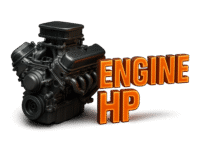

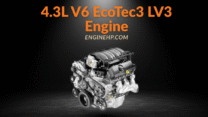
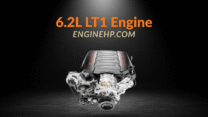
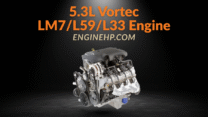
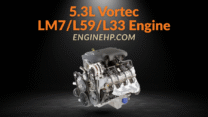
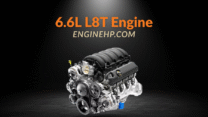
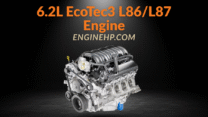
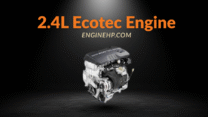
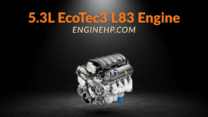
Leave a Reply